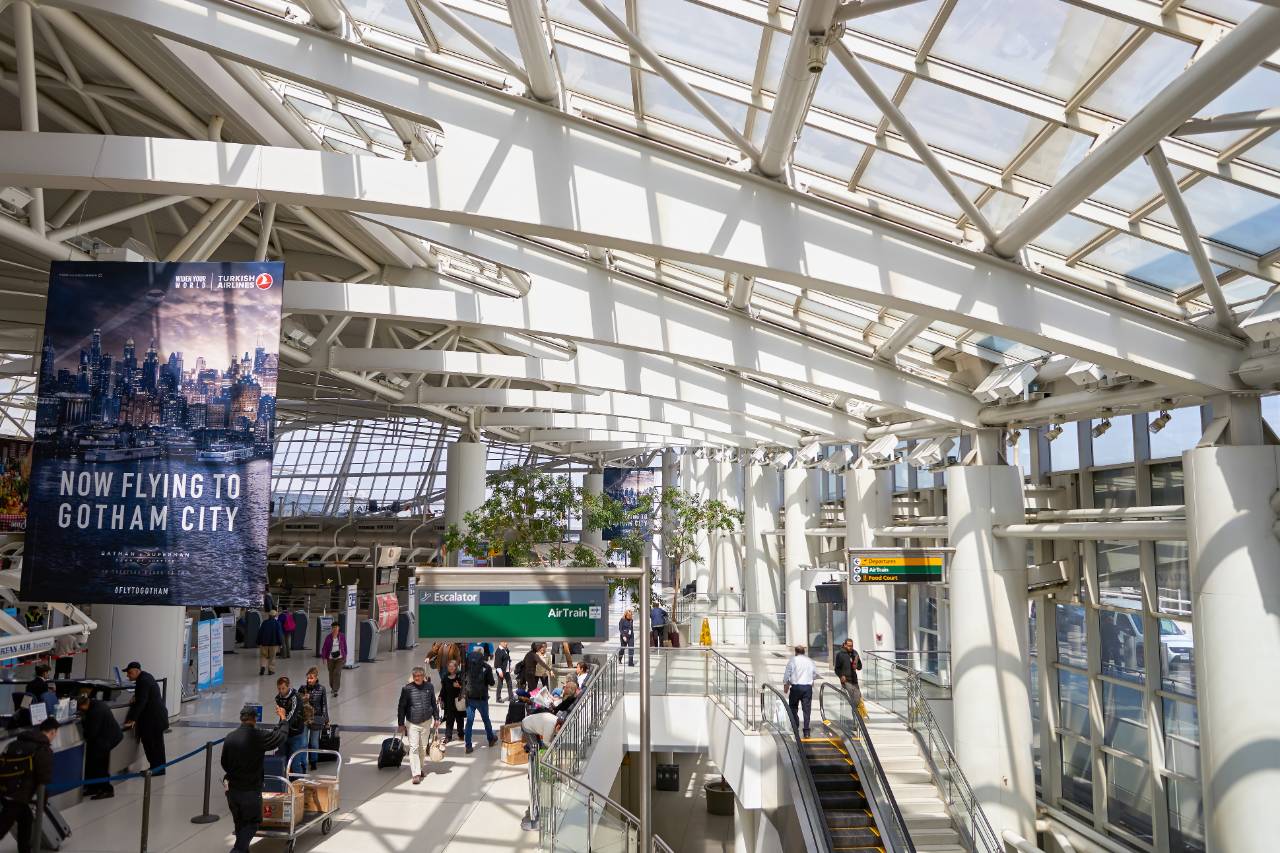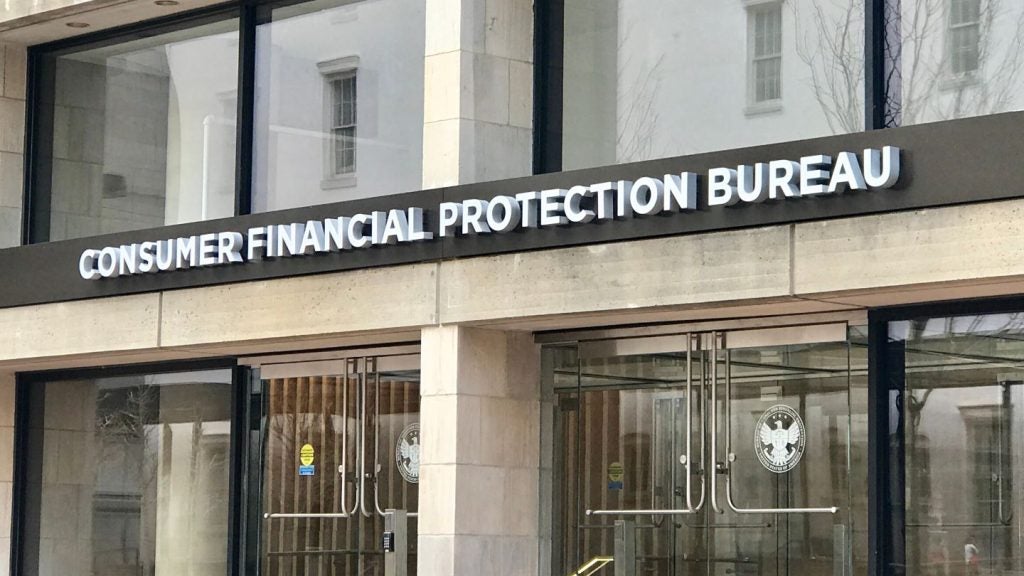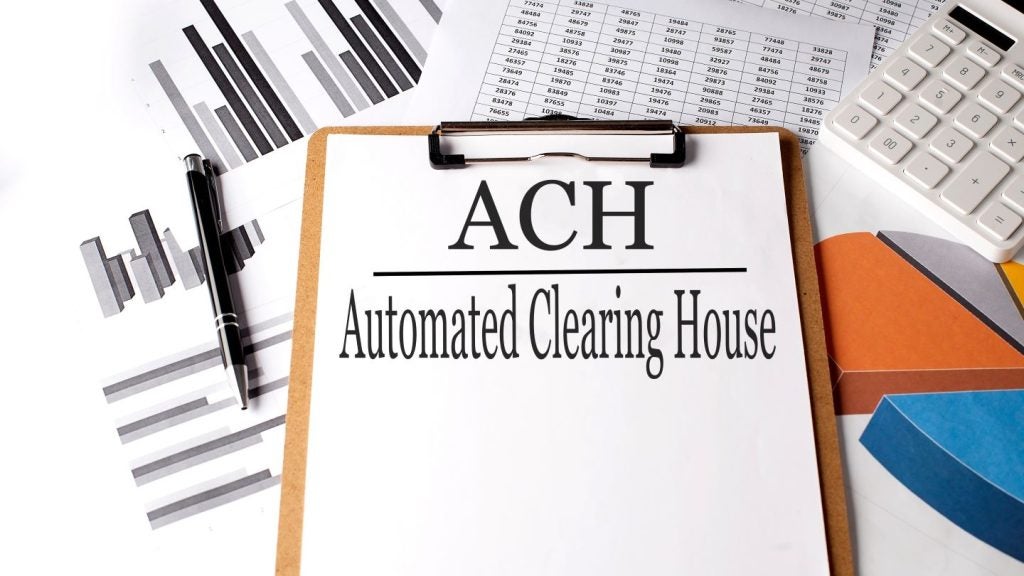

US infrastructure has been badly hit by the Covid-19 outbreak, but there are hopes that the post-pandemic environment will see a refreshed approach to public-private partnership (PPP) projects.
As has been the case in many countries around the world, the US transport sector has taken a strong hit from the Covid-19 outbreak.
The American Road and Transportation Builders Association reported in July that 14 states and 19 localities cancelled or delayed more than $8.5bn-worth of work planned in the sector due to the outbreak.
While new airport projects are expected to take the biggest hit, works in other sub-sectors were mostly only delayed, and in some cases the quietness brought on by the lockdown meant that some projects were completed ahead of schedule.
The infrastructure investment community does not see this as the end of greenfield public-private partnerships (PPPs) in the country, but warns that federal government support is strongly needed.
However, some point out that an opportunity may be arising from the crisis for the public and private sectors to work more efficiently together.
How well do you really know your competitors?
Access the most comprehensive Company Profiles on the market, powered by GlobalData. Save hours of research. Gain competitive edge.

Thank you!
Your download email will arrive shortly
Not ready to buy yet? Download a free sample
We are confident about the unique quality of our Company Profiles. However, we want you to make the most beneficial decision for your business, so we offer a free sample that you can download by submitting the below form
By GlobalDataAvailability payment versus traffic risk
Before Covid-19 struck, the US was experiencing what looked like the start of a promising season for much-needed airport renovation and expansion projects. Some of these activities, including capital projects at Los Angeles airport – LAX (Midfield Concourse), New York’s LaGuardia Airport (Central Terminal) and JFK International, and Kansas City International Airport are likely to continue given that the funding was covered from previous bond issues.
Across the sector, availability payment projects – where the private sector is reimbursed by the public sector through a predetermined performance-based payment plan – are likely to be favoured in the medium term over traffic and demand risk projects, where revenues depend on traffic and user demand.
“Investors, whether foreign or domestic, will likely prefer availability payment projects over traffic risk ones,” says Paul Epstein, a partner at law firm Shearman & Sterling’s project development and finance practice. “It should be noted, however, that certain investors in the PPP space have always been more comfortable with the former rather than the latter, and Covid-19 has just emphasised this preference.
“It will be interesting to see if hybridised projects gain pace in the future as a result of the virus outbreak,” he adds.
Managing partner at fund manager Upper Bay Infrastructure Partners Mario Maselli says that in terms of live projects, even the ones that have just an availability payment component are going ahead.
“We are involved in a rail project in North America, which is going ahead according to schedule as the final product is on an availability payment basis,” he adds. “Another tunnel project that we were looking at was heavily competed for and while it is not an availability payment situation, it guarantees a payment stream over the next ten years, which is pretty rare in transport these days.”
Other transport projects at procurement stage include the Capital Beltway and I-270 Corridor in Maryland – a traffic and revenue risk project – which sources say has attracted less interest and is likely to proceed more slowly than the SR 400 Express Lanes in Georgia (an availability payment project).
While the first one has only attracted the interest of four consortia at the first round, the Georgia Department of Transportation Road P3 on 26 June shortlisted Metro-Atlanta Express Solutions (led by Spain’s ACS Infrastructure and Itinera Infrastructure); MW 400 Partners (led by France’s Meridiam); and North Link Partners (led by the UK’s John Laing Investments) for the second project’s final round.
Pipeline issues: An opportunity for renaissance?
While projects that had already launched before the virus outbreak were able to proceed with varying degrees of difficulty, the biggest unknown is the extent to which new projects are going to come to market in the medium term.
David Baxter, sustainable PPP and development consultant and committee member of the World Association of PPP Units & Professionals, recently conducted a survey of 157 PPP practitioners across 69 countries on the status of the industry amid the pandemic.
Of transport, he says responses identified it as one of the most concerning but potentially one of the most promising sectors in the post-Covid world.
“Overall, PPPs are not going to die as a result of Covid-19,” says Baxter. “If anything, I believe we are going to see a renaissance in the approach to PPP. This crisis might lead to the improvement in the interaction between the public and private sectors that the industry so desperately needs. Both sides have resources, but they are limited unless they join forces.
“Another theme to emerge strongly from the crisis is going to be innovation,” he adds. “The infrastructure sector, especially in the US and especially in transport, needs a lot of improvement and renovation. Sustainable and resilient transport PPPs are going to be a big trend, and it is likely to bring about more brownfield project consideration alongside greenfield projects.”
However, this is not the end for greenfield infrastructure either, Baxter argues.
“Mega, multi-billion-dollar projects are unlikely to come to market over the next four to five years during the resetting of post-pandemic priorities,” he says. “There is not going to be the money nor the appetite to finance those for a while, but there will likely be a focus on smaller projects on the greenfield side.”
Government support needed
Whether big or small, infrastructure projects are likely to require support from the federal government if they are to carry on. An already well-trodden debate in the US, Covid-19 has further exposed the need for the central government to support the states and municipalities that are struggling to shoulder the economic burden of delivering the infrastructure programme that the country needs alone.
Achieving this is, however, easier said than done, according to many.
“Federal government intervention is what the industry should be focusing on right now,” says Kent Rowey, a partner at law firm Allen & Overy’s projects, energy and infrastructure practice. “The federal gas tax trust fund outlived its usefulness long ago. Reforms are needed, for instance, around private use limitations on tax-exempt bonds and increases in allocation for wider sector eligibility for private activity bonds where the federal government would be able to use existing funding tools and subsidies to give a much-needed shot in the arm to the sector.
“There have been discussions, for instance, about including the airport sector in the Transportation Infrastructure Finance and Innovation Act (Tifia), which provides credit assistance for surface transport projects,” he adds. “However, it is probably unrealistic to expect legislation for infrastructure spending stimulus before the elections [in November].”
Partner at consultancy firm Arup Tim Treharne explains that a proposed relaxation of the requirements for Tifia is part of the major pending federal legislation regarding infrastructure stimulus, the $494bn, five-year Invest in America Act, a reauthorisation of federal surface transportation programmes that was passed by the House Committee on Transport and Infrastructure on 18 June.
On 1 July, the House of Representatives passed the $1.5trn Moving Forward Act, which included the Invest in America Act. However, President Donald Trump announced on the same day that he would veto the measure if it reached his desk.
As often happens, the infrastructure stimulus from the federal government has become caught up in disputes between the two parties. The industry agrees, however, that the way forward is for all parties to come together and contribute on infrastructure spending.
“A combination of expansion of existing federal funding programmes, such as Tifia, private activity bonds, and private equity and debt [present] the way forward for infrastructure in the US,” concludes Rowey.







